All products featured are independently chosen by us. However, SoundGuys may receive a commission on orders placed through its retail links. See our ethics statement.
Bose QuietComfort Ultra Earbuds (2nd Gen) vs Sony WF-1000XM5: Battle for the best earbuds for Android
July 16, 2025


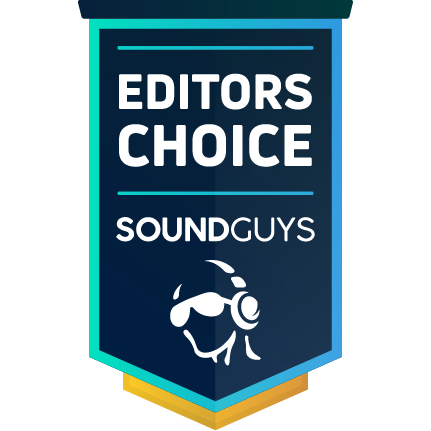
In the premium noise canceling earbud arena, Bose and Sony have been locked in fierce competition for years. With Bose’s latest QuietComfort Ultra Earbuds (2nd Gen), they’re facing off against Sony’s aging but still formidable WF-1000XM5 from 2023. While the Sony earbuds were impressive when they launched nearly two years ago, Bose’s fresh iteration brings new features and refinements to challenge their reign. In this battle of titans, which earbuds deserve your hard-earned cash? After testing both extensively, I can help you decide.
This article was originally published on July 16, 2025, and this is the first version.
What’s it like to use the Bose QuietComfort Ultra Earbuds (2nd Gen) compared to the Sony WF-1000XM5?
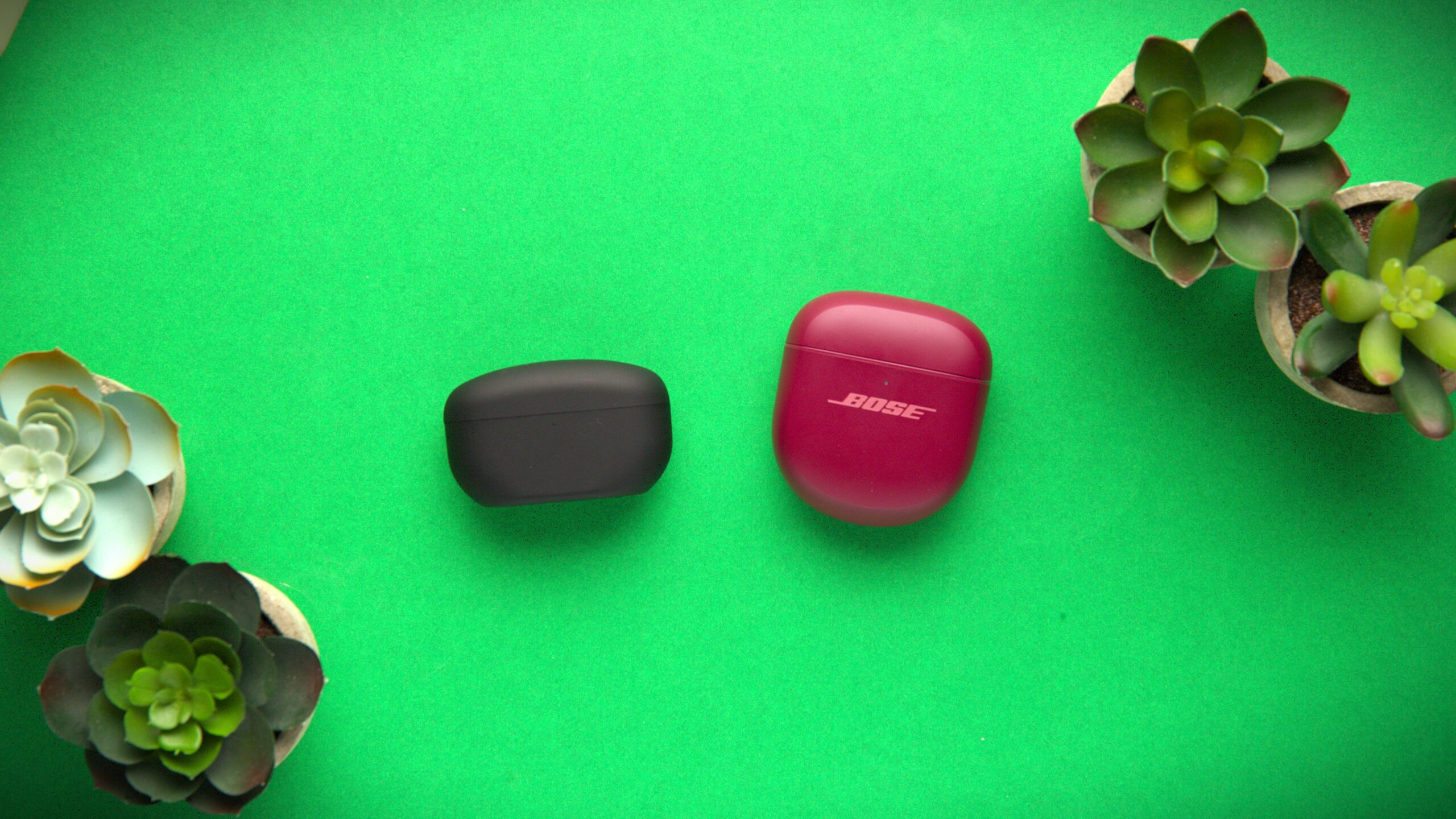
The daily experience between these flagship earbuds reveals fundamental design philosophies that haven’t changed much since their original rivalry began. The Bose QuietComfort Ultra Earbuds (2nd Gen) stick with the chunky, stem-based design that prioritizes fit security over aesthetics. I find those concha fins (stability bands) and ovoid nozzles are the gold standard for staying put, and I never worry about them falling out, but they can be a non-starter for anyone with smaller ears.
Sony’s WF-1000XM5, despite being nearly two years old, still feels modern thanks to its smaller size and lighter weight, especially compared to its predecessor. The angled nozzles and flexible ear tips that made these earbuds comfortable at launch continue to age well. However, the glossy finish is fingerprint-prone and looks a bit dated compared to more recent earbuds.
Both maintain IPX4 water resistance, and the Bose QC Ultra now has wireless charging, finally making its debut in the 2nd generation—a feature the Sony earbuds had from day one. There is quite a size difference between the charging cases, with Sony’s remaining compact and pocketable, while Bose’s is still quite chunky.
| Input | Left earbud | Right earbud |
|---|---|---|
| Input Single tap | Left earbud Play / pause | Right earbud Play / pause |
| Input Double tap | Left earbud Track forward | Right earbud Track forward |
| Input Triple tap | Left earbud Track backward | Right earbud Track backward |
| Input Long press | Left earbud Left programmable shortcut | Right earbud Right programmable shortcut |
| Input Swipe up / down | Left earbud Volume up / down | Right earbud Volume up / down |
| Input | Left earbud | Right earbud |
|---|---|---|
| Input One tap | Left earbud ANC/Ambient sound | Right earbud Play/Pause |
| Input Two taps | Left earbud Quick Access | Right earbud Next |
| Input Three taps | Left earbud Quick Access | Right earbud Previous |
| Input Four taps | Left earbud Volume Down | Right earbud Volume Up |
| Input Tap and hold | Left earbud Quick Attention | Right earbud Voice Assistant |
Do the Bose QuietComfort Ultra Earbuds (2nd Gen) or Sony WF-1000XM5 have more features?
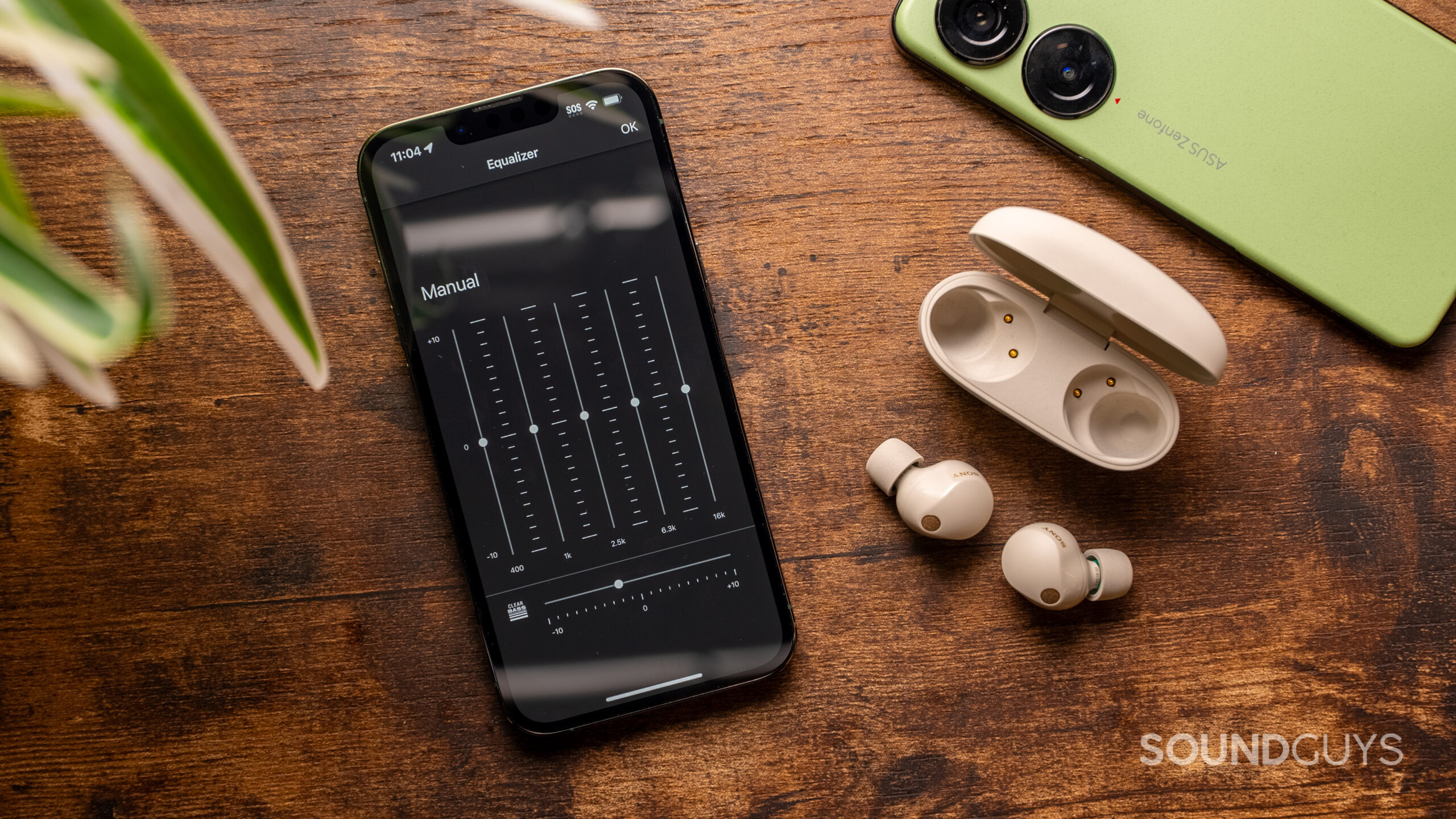
The Bose QuietComfort Ultra Earbuds (2nd Gen) pack many premium features, including refined spatial audio with head tracking, the latest iteration of CustomTune ear calibration, and enhanced transparency mode with hearing protection. You can tweak most settings in the Bose app, though the 3-band EQ feels limiting and frustrating for fine-tuning. Wireless charging is now supported, and they even work with aptX Lossless if you own a compatible Snapdragon Sound phone.
Sony’s WF-1000XM5 holds its own, with an app providing a six-band custom EQ, DSEE Extreme for upscaling compressed audio, and support for 360 Reality Audio. Multipoint pairing works seamlessly, and features like Speak-to-Chat and Adaptive Sound Control make the earbuds feel smart in day-to-day use. While there’s no aptX support, Sony includes LDAC and LE Audio, appealing to high-resolution audio fans.
The real winner here is anyone upgrading from older earbuds. Both offer premium features that were unheard of just a few years ago.
How do the Bose QuietComfort Ultra Earbuds (2nd Gen) and Sony WF-1000XM5 connect?
The Bose QuietComfort Ultra Earbuds (2nd Gen) and Sony WF-1000XM5 connect using Bluetooth 5.3 and support multipoint connectivity, letting you pair two devices simultaneously. Both earbuds have a dedicated pairing button on the charging case to make the process simple and reliable, whether setting them up for the first time or toggling between devices. In my testing, both earbuds handled multipoint smoothly, with no noticeable lag or connection drops during device switches.
The Bose UC Ultra Earbuds 2 support SBC, AAC, and the aptX Adaptive family of codecs, and they’re also compatible with Snapdragon Sound if you own a supported phone. Sony, meanwhile, opts for SBC, AAC, LDAC, and LE Audio support. Though Sony skips aptX, their LDAC codec delivers good high-resolution playback for Android users.
Is battery life better on the Bose QuietComfort Ultra Earbuds (2nd Gen) or Sony WF-1000XM5?
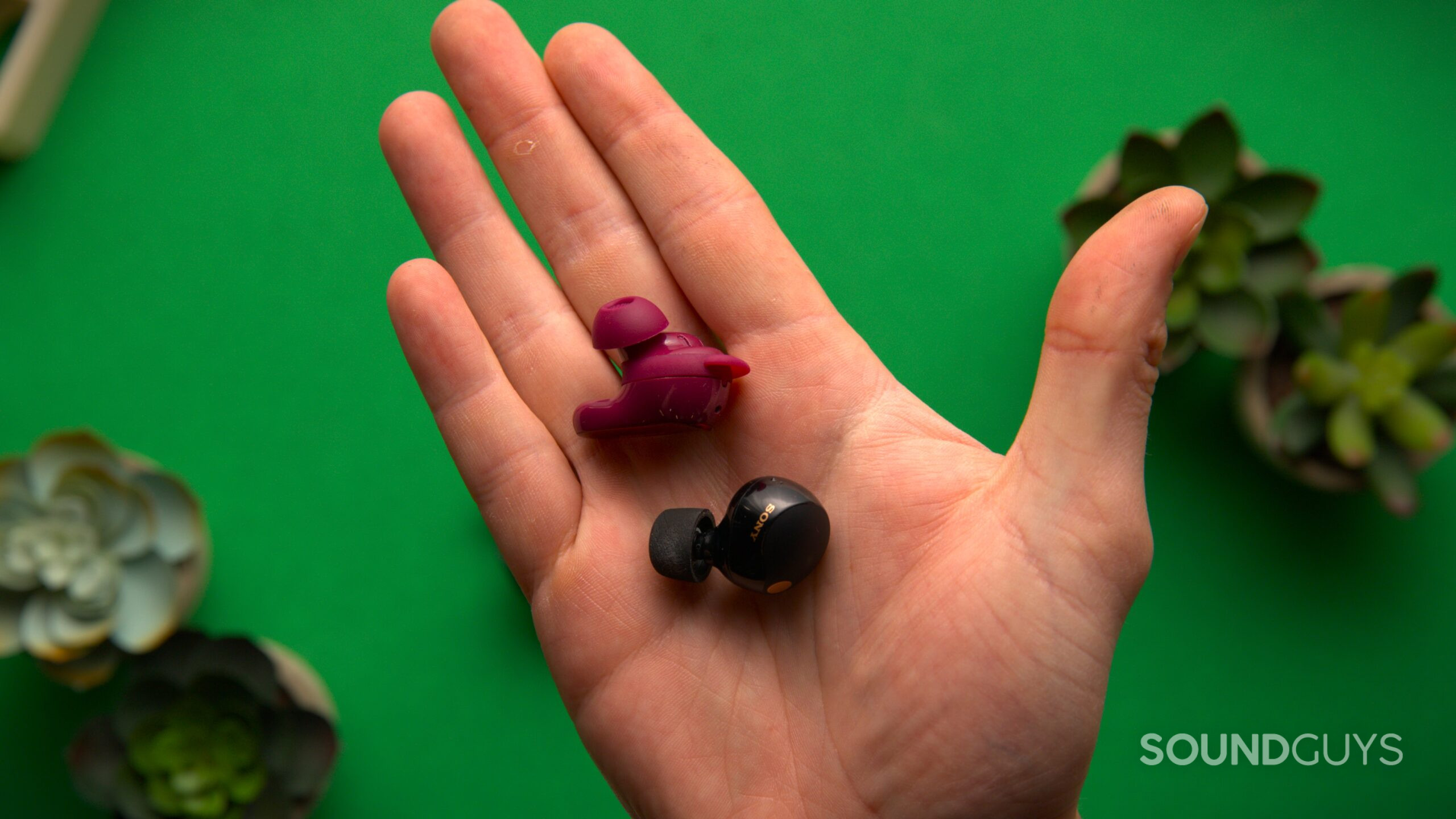
Battery life is one area where Sony takes the lead. In testing, the WF-1000XM5 delivered an impressive 9 hours and 32 minutes of playback on a single charge, with up to 24 hours total when including the case. Even their quick charge feature gives nearly an hour of playback from just 3 minutes of charging.
The Bose QuietComfort Ultra Earbuds (2nd Gen) lag slightly behind, offering 5 hours and 34 minutes per charge in our tests, and their case provides three full recharges. Wireless charging is now supported, and the USB-C port works reliably, even if Bose’s battery performance doesn’t last as long as Sony’s.
Do the Bose QuietComfort Ultra Earbuds (2nd Gen) or Sony WF-1000XM5 block noise better?
Loading chart ...
Active noise cancellation was already exceptional on the Sony WF-1000XM5 when they launched, and two years later, that performance has only aged like a fine wine. The dual processors and six-microphone array still deliver impressive results, particularly in the mid and high frequencies where many competing earbuds struggle. In my subway commute tests, they suppressed screeching train sounds more effectively than Bose, and their wind noise reduction tech makes them superb for outdoor use.
The Bose QuietComfort Ultra Earbuds (2nd Gen) still have very good ANC performance that has improved from the first generation. Their excellent fit delivers strong passive isolation and noise reduction across various environments. However, I noticed a faint noise floor from the ANC system that some users might pick up in silent settings. Overall, we are looking at an 87% average noise attenuation for Sony and 85% for Bose, which isn’t a huge difference.
Do the Bose QuietComfort Ultra Earbuds (2nd Gen) sound better than the Sony WF-1000XM5?
Both earbuds sound good, but they cater to different tastes. The Bose QuietComfort Ultra Earbuds (2nd Gen) have a V-shaped signature with boosted bass and treble. For bass lovers, tracks hit hard, but I found the sub-bass overwhelming at times, and vocals sometimes felt recessed. Unfortunately, Bose’s EQ tool isn’t detailed enough to fix these issues fully.
The Sony WF-1000XM5 has more upper-bass overemphasis but nowhere near the amount of sub-bass emphasis as Bose, maintaining better clarity in the mids and highs. Instruments feel more natural, and the soundstage is wider, giving music a stronger sense of Immersion. Sony’s app lets you fine-tune EQ to your liking, so you have more control over the final sound.
Multi-Dimensional Audio Quality Scores (MDAQS)
Both earbuds scored high in Timbre and Immersiveness, but Sony edges ahead overall. Despite being two years old, the Sony earbuds still score higher in MDAQS testing, suggesting their sound tuning has aged well and continues to appeal to a broad audience.
- Timbre (MOS-T) represents how faithfully the headphones reproduce the frequency spectrum and temporal resolution (timing information).
- Distortion (MOS-D) represents non-linearities and added noise: higher scores mean cleaner reproduction.
- Immersiveness (MOS-I) represents perceived source width and positioning: how well virtual sound sources are defined in three-dimensional space.
Objective Measurements
Loading chart ...
The Bose earbuds favor a V-shaped sound with significant sub-bass, nearly 10dB more than our house curve recommends, and a slightly over-emphasized ear gain bump around 2.5kHz. This tuning can sound boomy or harsh, depending on your taste in music. Sony’s frequency response shows less extreme boosts, with a slight low-end emphasis that benefits workout playlists without muddying vocals.
Do the Bose QuietComfort Ultra Earbuds (2nd Gen) or Sony WF-1000XM5 have a better microphone?
Bose’s microphone quality is solid in most conditions, though I noticed it struggled slightly in noisy environments. Wind noise and echoes occasionally made their way into calls, and voice clarity dropped in busy streets.
Sony’s WF-1000XM5 microphones impressed me more, especially in outdoor and windy situations. Thanks to mesh covers and noise-reducing algorithms, my voice remained clear even with background chatter or gusts of wind. While neither pair replaces a good dedicated mic, Sony’s implementation feels a notch more reliable for frequent calls.
Bose QuietComfort Ultra Earbuds (2nd Gen) microphone demo (Ideal conditions):
Sony WF-1000XM5 microphone demo (Ideal conditions):
Bose QuietComfort Ultra Earbuds (2nd Gen) microphone demo (Wind conditions):
Sony WF-1000XM5 microphone demo (Wind conditions):
Which microphone sounds better to you?
Bose QuietComfort Ultra Earbuds (2nd Gen) vs Sony WF-1000XM5: Price and availability
Both pairs of earbuds launched at $299.99 at Amazon, positioning them firmly in the premium tier. The Bose QuietComfort Ultra Earbuds (2nd Gen) debuted in July 2025, while the Sony WF-1000XM5 has been on shelves since July 2023. At this point, you’re more likely to find discounts on Sony’s earbuds, but both brands command a high price due to their feature sets and reputations.
Should you get the Bose QuietComfort Ultra Earbuds (2nd Gen) or Sony WF-1000XM5?
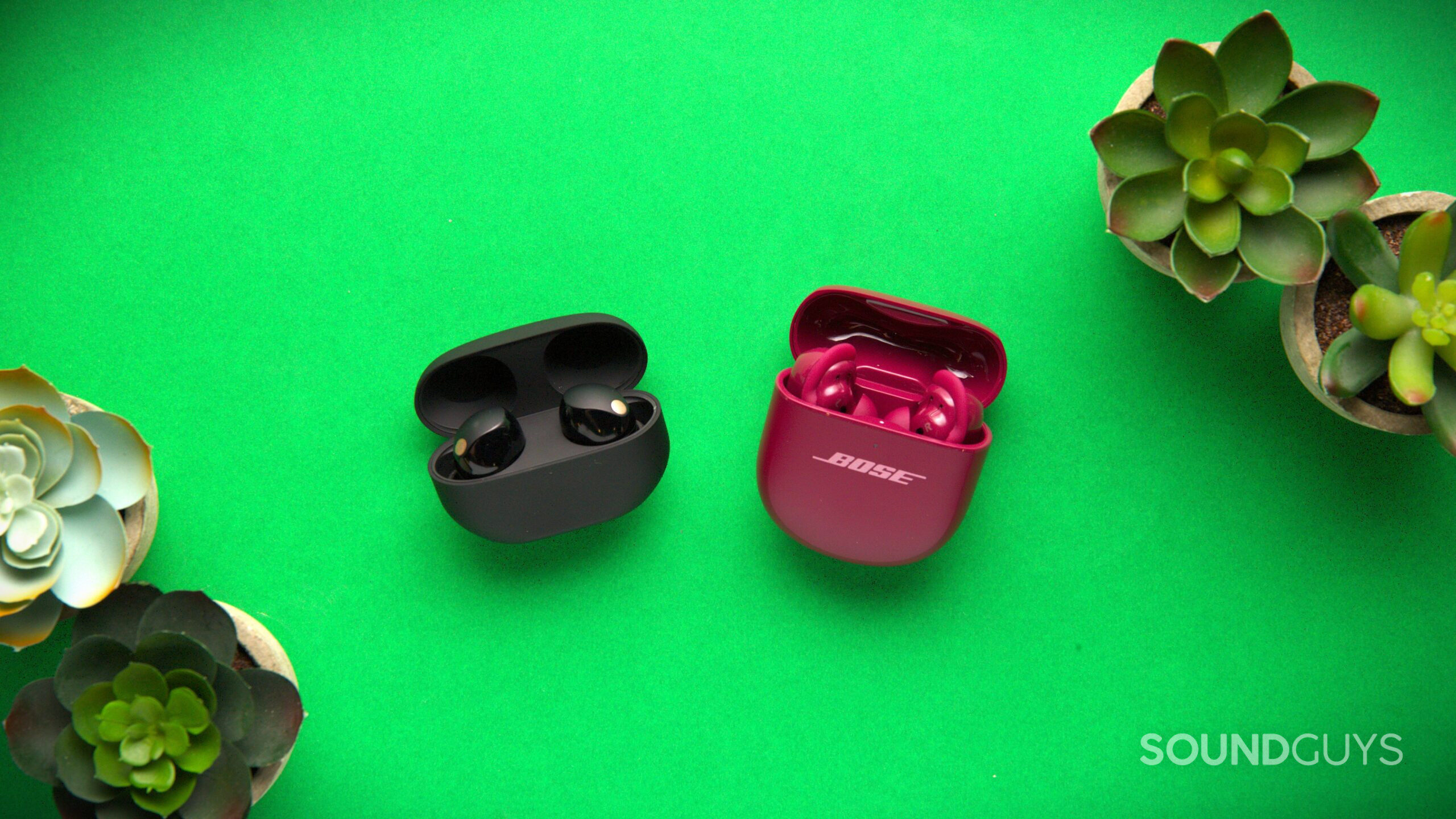
If you want bass-heavy sound, excellent ANC, and a comfortable fit, the Bose QuietComfort Ultra Earbuds (2nd Gen) won’t disappoint you. They’re purpose-built for travelers and Bose loyalists, but the limited EQ options and average battery life could hold some back.
The Sony WF-1000XM5 offers a better-rounded package. They deliver slightly superior ANC, longer battery life, and a more customizable listening experience. If you value flexibility and fine control over your sound, Sony’s app and tuning options make them a standout choice. If you find the WF-1000XM5 on sale, which is often now, they are the better buy.

Comfortable
SBC, AAC, and LDAC support
Great app support
Great battery life
What should you get instead of the Bose QuietComfort Ultra Earbuds (2nd Gen) or Sony WF-1000XM5?
Given the Sony WF-1000XM5’s age, consider waiting for their inevitable successor, which should arrive in 2025 based on Sony’s typical release schedule.
For iPhone users, the Apple AirPods Pro (2nd Generation) continues to offer superior iOS integration for $199.99 at Amazon. For Android users seeking newer technology, the Sennheiser MOMENTUM True Wireless 4 ($269.95 at Amazon) provides superior audio quality with modern features like LE Audio support.
The original Bose QuietComfort Ultra Earbuds ($299 at Amazon) might offer better value than the second generation’s incremental improvements, especially if they are on sale.
Thank you for being part of our community. Read our Comment Policy before posting.